Home>Home Appliances>Bathroom Appliances>Why Has My Electric Toothbrush Stopped Charging
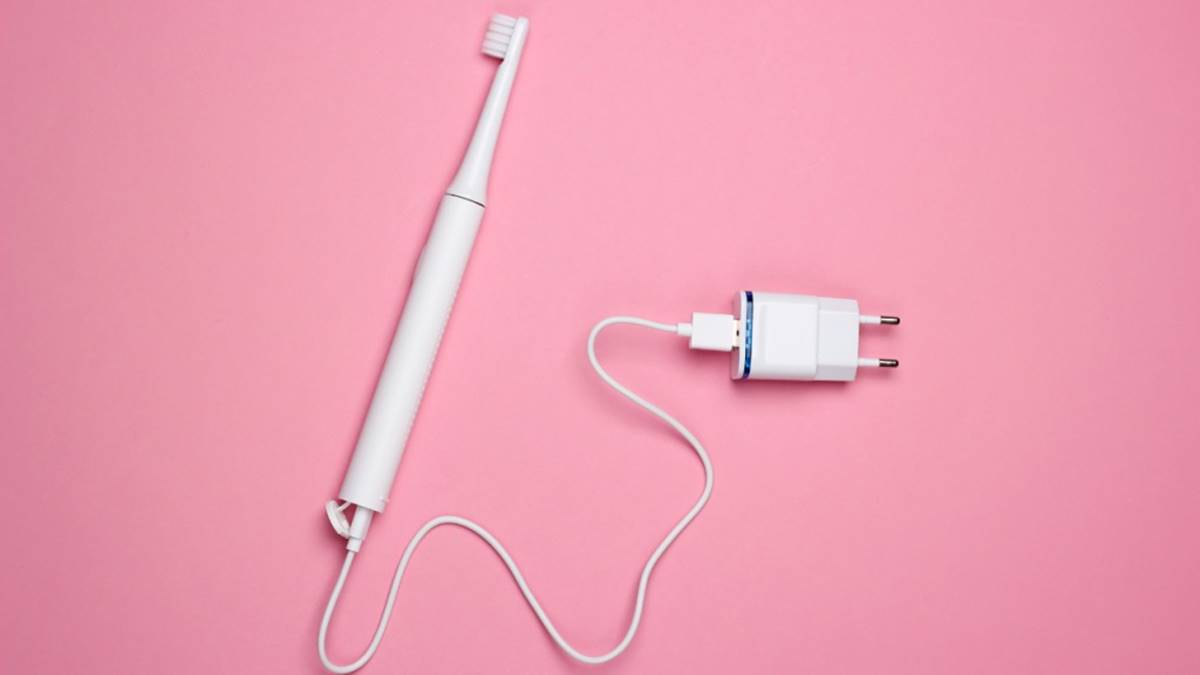

Bathroom Appliances
Why Has My Electric Toothbrush Stopped Charging
Modified: February 18, 2024
Discover common reasons why your electric toothbrush may have stopped charging and learn how to troubleshoot the issue. Find solutions for bathroom appliances now!
(Many of the links in this article redirect to a specific reviewed product. Your purchase of these products through affiliate links helps to generate commission for Storables.com, at no extra cost. Learn more)
Introduction
Introduction
Electric toothbrushes have revolutionized the way we maintain oral hygiene, offering convenience and efficiency. However, encountering issues with your electric toothbrush, such as it suddenly stopping to charge, can be frustrating. Understanding the potential causes and troubleshooting steps can help you resolve this problem and restore your toothbrush to optimal functionality.
In this article, we will explore the common reasons why your electric toothbrush may stop charging and provide practical solutions to address these issues. By the end, you will have a comprehensive understanding of how to troubleshoot and potentially resolve charging problems with your electric toothbrush, saving you from the inconvenience of using a manual toothbrush or having to purchase a new electric toothbrush prematurely.
Common Reasons for Electric Toothbrush Not Charging
Key Takeaways:
- Keep your electric toothbrush charging by cleaning the components, checking power connections, and monitoring its behavior. If issues persist, consider battery replacement with caution and adherence to manufacturer guidelines.
- Troubleshoot charging problems with your electric toothbrush using systematic steps, and consider battery replacement if necessary. Prioritize safety and precision for optimal functionality.
Read more: Why Did My Electric Toothbrush Stop Working
Common Reasons for Electric Toothbrush Not Charging
There are several common reasons why your electric toothbrush may stop charging. Understanding these potential issues can help you identify the root cause and take appropriate measures to resolve the problem. Here are some of the most prevalent reasons for an electric toothbrush not charging:
- Battery Degradation: Over time, the battery in your electric toothbrush may degrade, leading to a reduced capacity to hold a charge. This can result in the toothbrush struggling to charge or not holding a charge for an adequate duration.
- Charging Base Malfunction: The charging base or the power adapter may experience malfunctions, preventing the electric toothbrush from receiving a proper charge. Issues such as a faulty power connection or damaged charging components can disrupt the charging process.
- Buildup of Debris: Accumulation of toothpaste residue, water, or other debris in the charging port of the electric toothbrush can impede the connection between the toothbrush and the charging base, hindering the charging process.
- Internal Circuitry Problems: Internal circuitry issues within the electric toothbrush can disrupt the charging mechanism, leading to difficulties in charging the device effectively.
- Manufacturing Defects: In some cases, manufacturing defects or irregularities in the electric toothbrush or its components can lead to charging issues, necessitating intervention to rectify the problem.
By recognizing these common reasons for electric toothbrushes not charging, you can begin the troubleshooting process with a clearer understanding of the potential underlying causes, facilitating a more targeted approach to resolving the issue.
Troubleshooting Steps
Troubleshooting Steps
When your electric toothbrush encounters charging issues, it’s essential to follow systematic troubleshooting steps to identify and address the underlying problem. By methodically assessing potential causes and implementing targeted solutions, you can improve the likelihood of resolving the charging issue. Here are some effective troubleshooting steps to consider:
- Clean the Charging Components: Begin by carefully cleaning the charging base and the charging port of the electric toothbrush. Use a soft, dry cloth to remove any debris, toothpaste residue, or moisture that may be obstructing the connection. Ensure that both the charging base and the toothbrush are completely dry before attempting to charge the device.
- Inspect the Power Connection: Verify that the power adapter is securely connected to the charging base and that the power source is functioning correctly. If the electric toothbrush still does not charge, try using a different power outlet to rule out potential issues with the electrical supply.
- Reset the Toothbrush: Some electric toothbrush models may have a reset feature to troubleshoot charging problems. Refer to the user manual or manufacturer’s guidelines to determine if a reset option is available and follow the recommended steps to reset the toothbrush.
- Test with Another Charger: If possible, test the electric toothbrush with a compatible charger from the same manufacturer or a designated replacement charger. This can help determine if the original charging base or adapter is the source of the problem.
- Check for Firmware Updates: Certain advanced electric toothbrush models may have firmware that can be updated to address performance issues, including charging-related concerns. Visit the manufacturer’s official website or contact customer support to inquire about available firmware updates for your toothbrush model.
- Monitor Charging Behavior: Observe the behavior of the electric toothbrush when placed on the charging base. Look for any indicator lights, sounds, or other cues that may provide insight into the charging process. Document any irregularities or patterns that could be helpful in diagnosing the issue.
By systematically following these troubleshooting steps, you can methodically assess and address potential issues affecting the charging functionality of your electric toothbrush. If the problem persists despite these efforts, further intervention or professional assistance may be necessary to resolve the issue.
Battery Replacement
Make sure the charging base is plugged in and the toothbrush is properly seated. Clean the charging contacts on both the toothbrush and the base to ensure a good connection. If the problem persists, it may be time to replace the battery or the toothbrush itself.
Battery Replacement
When troubleshooting efforts fail to revive the charging capability of your electric toothbrush, it may be necessary to consider replacing the battery. While this task may vary in complexity depending on the specific model of the toothbrush, some general guidelines can help you navigate the battery replacement process effectively.
Before proceeding with battery replacement, it’s crucial to consult the user manual or the manufacturer’s instructions for your electric toothbrush. Additionally, consider the following steps and considerations when contemplating battery replacement:
- Identify the Compatible Battery: Research and identify the type of battery used in your electric toothbrush. This information can typically be found in the user manual or by contacting the manufacturer’s customer support. Ensure that the replacement battery is compatible with your specific toothbrush model.
- Obtain Necessary Tools: Depending on the design of your electric toothbrush, battery replacement may require specialized tools such as screwdrivers, prying tools, or soldering equipment. Acquire the necessary tools and ensure that you have a clean, well-lit workspace to perform the replacement.
- Exercise Caution: When opening the electric toothbrush to access the battery compartment, handle the components with care to avoid damaging delicate internal parts. Follow any disassembly instructions provided by the manufacturer to prevent accidental damage during the battery replacement process.
- Replace the Battery: Carefully remove the old battery from the toothbrush, taking note of its orientation and placement. Install the replacement battery following the manufacturer’s guidelines, ensuring proper alignment and secure placement within the battery compartment.
- Reassemble and Test: Once the new battery is in place, reassemble the electric toothbrush according to the provided instructions. Test the toothbrush to ensure that the new battery facilitates proper charging and operational functionality.
- Seek Professional Assistance: If you are uncomfortable or uncertain about replacing the battery yourself, consider seeking assistance from authorized service centers or professionals with experience in electric toothbrush maintenance. Professional intervention can ensure the safe and effective replacement of the battery.
By approaching the battery replacement process with careful consideration and adherence to manufacturer guidelines, you can potentially restore the charging capability of your electric toothbrush and extend its overall lifespan. Prioritizing safety and precision throughout the battery replacement endeavor is essential to safeguarding the integrity and performance of your electric toothbrush.
Conclusion
Conclusion
Encountering charging issues with your electric toothbrush can be a source of inconvenience, but with a comprehensive understanding of the potential causes and effective troubleshooting methods, you can navigate these challenges with confidence. By recognizing common reasons for charging malfunctions, engaging in systematic troubleshooting, and considering battery replacement when necessary, you can address the underlying issues and restore your electric toothbrush to optimal functionality.
Throughout this article, we’ve delved into the prevalent reasons why electric toothbrushes may stop charging, emphasizing the importance of cleaning charging components, inspecting power connections, and monitoring charging behavior. By following these troubleshooting steps, you can methodically assess and address potential issues affecting the charging capability of your electric toothbrush.
In cases where troubleshooting efforts prove insufficient, the prospect of battery replacement may arise. By exercising caution, obtaining the necessary tools, and adhering to manufacturer guidelines, you can potentially replace the battery in your electric toothbrush, revitalizing its charging functionality and prolonging its usage.
Ultimately, the key to effectively addressing charging issues with your electric toothbrush lies in a proactive and informed approach. Prioritizing regular maintenance, adhering to manufacturer recommendations, and seeking professional assistance when needed can contribute to the longevity and reliable performance of your electric toothbrush.
By leveraging the insights and strategies outlined in this article, you can navigate charging challenges with confidence, ensuring that your electric toothbrush continues to be a valuable tool in your oral care routine.
Frequently Asked Questions about Why Has My Electric Toothbrush Stopped Charging
Was this page helpful?
At Storables.com, we guarantee accurate and reliable information. Our content, validated by Expert Board Contributors, is crafted following stringent Editorial Policies. We're committed to providing you with well-researched, expert-backed insights for all your informational needs.
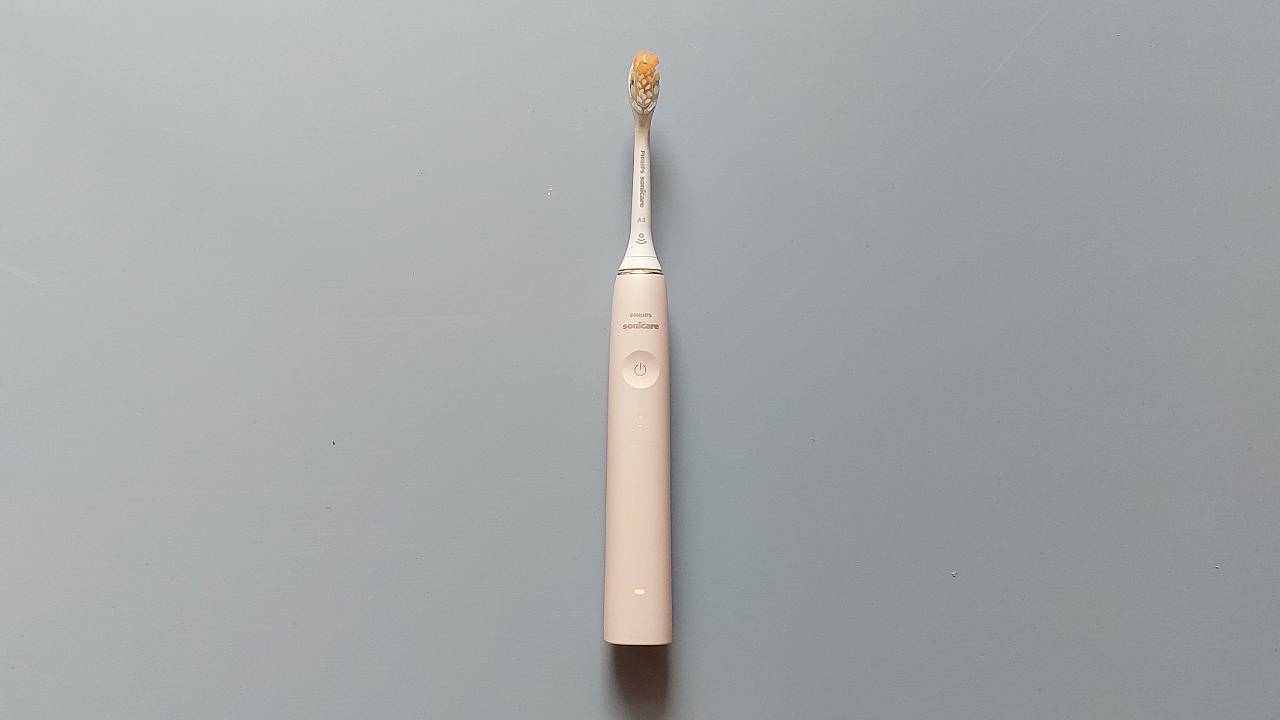
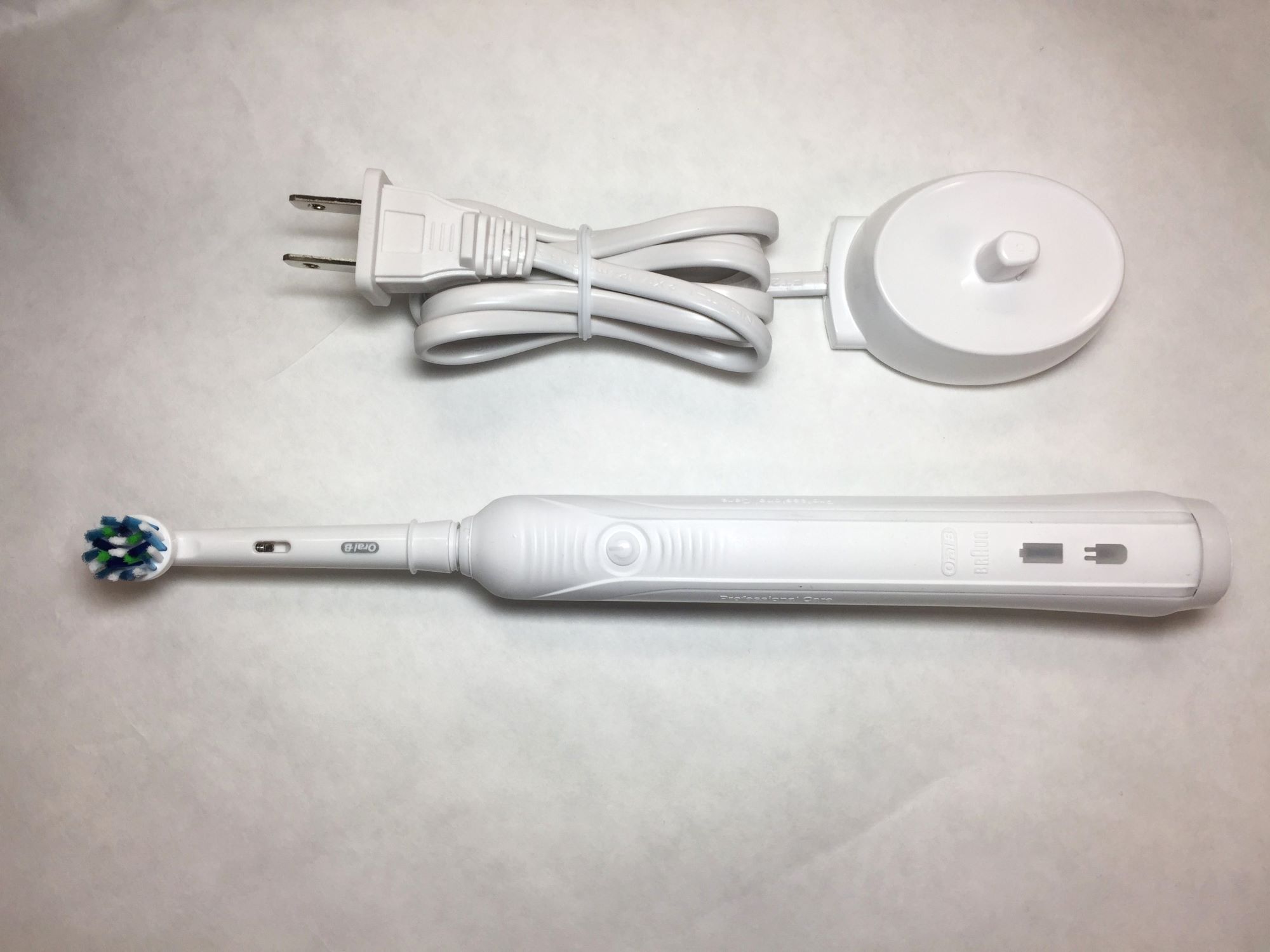
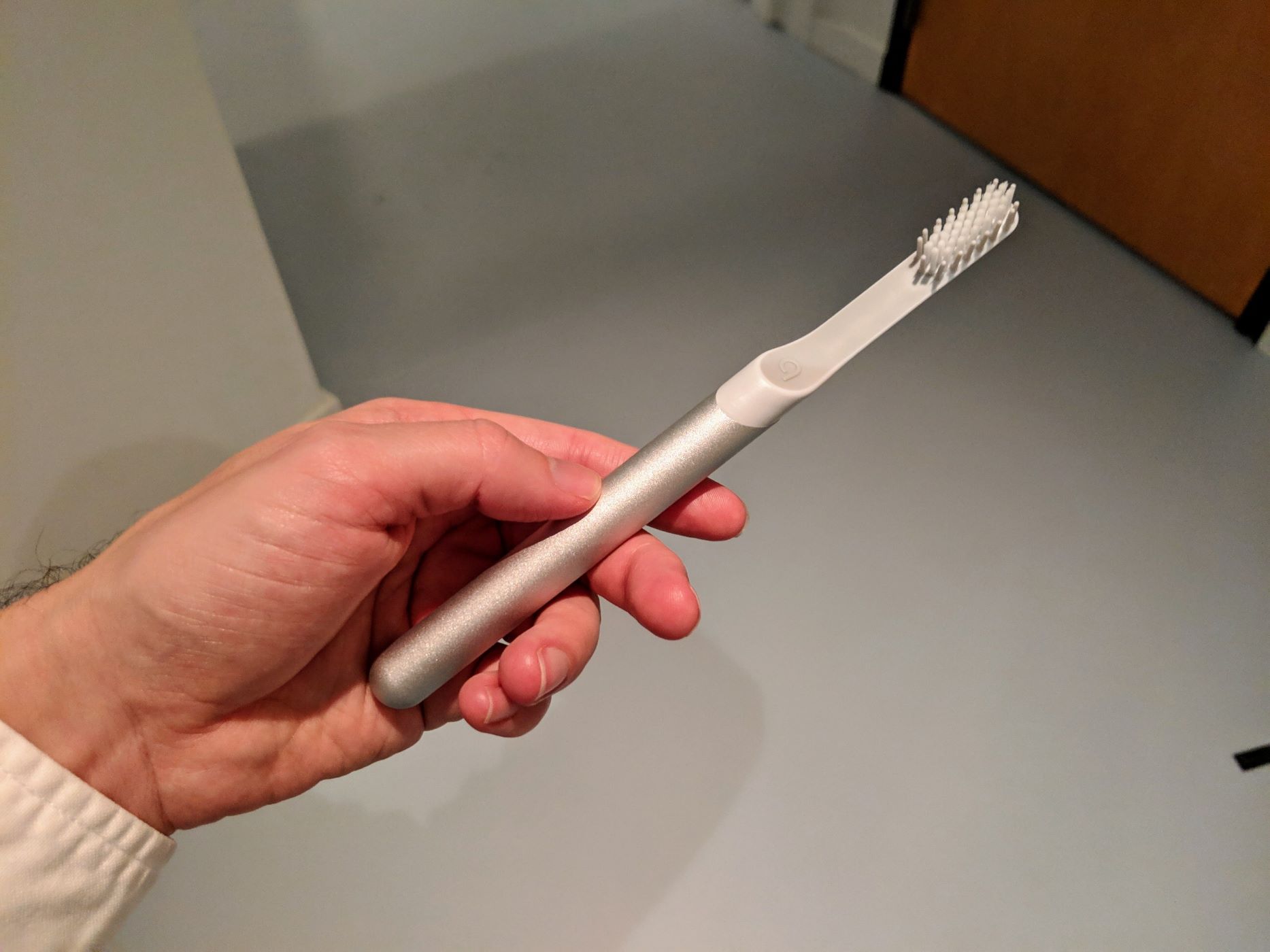
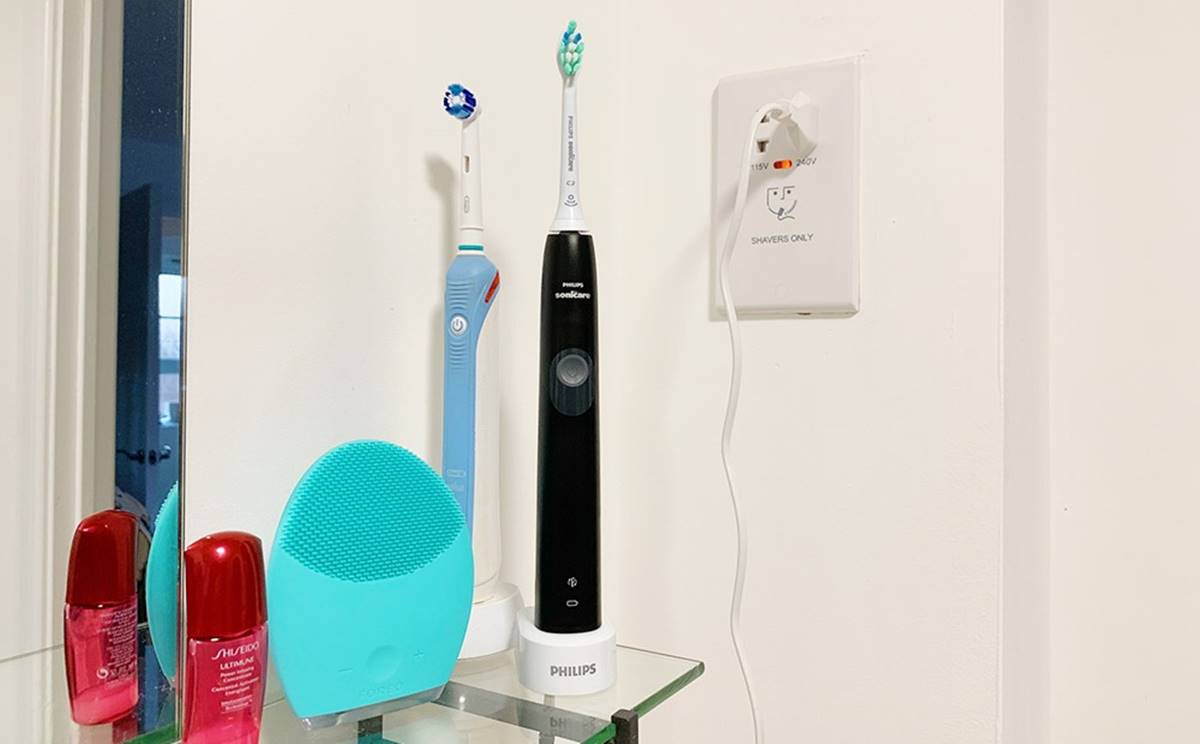
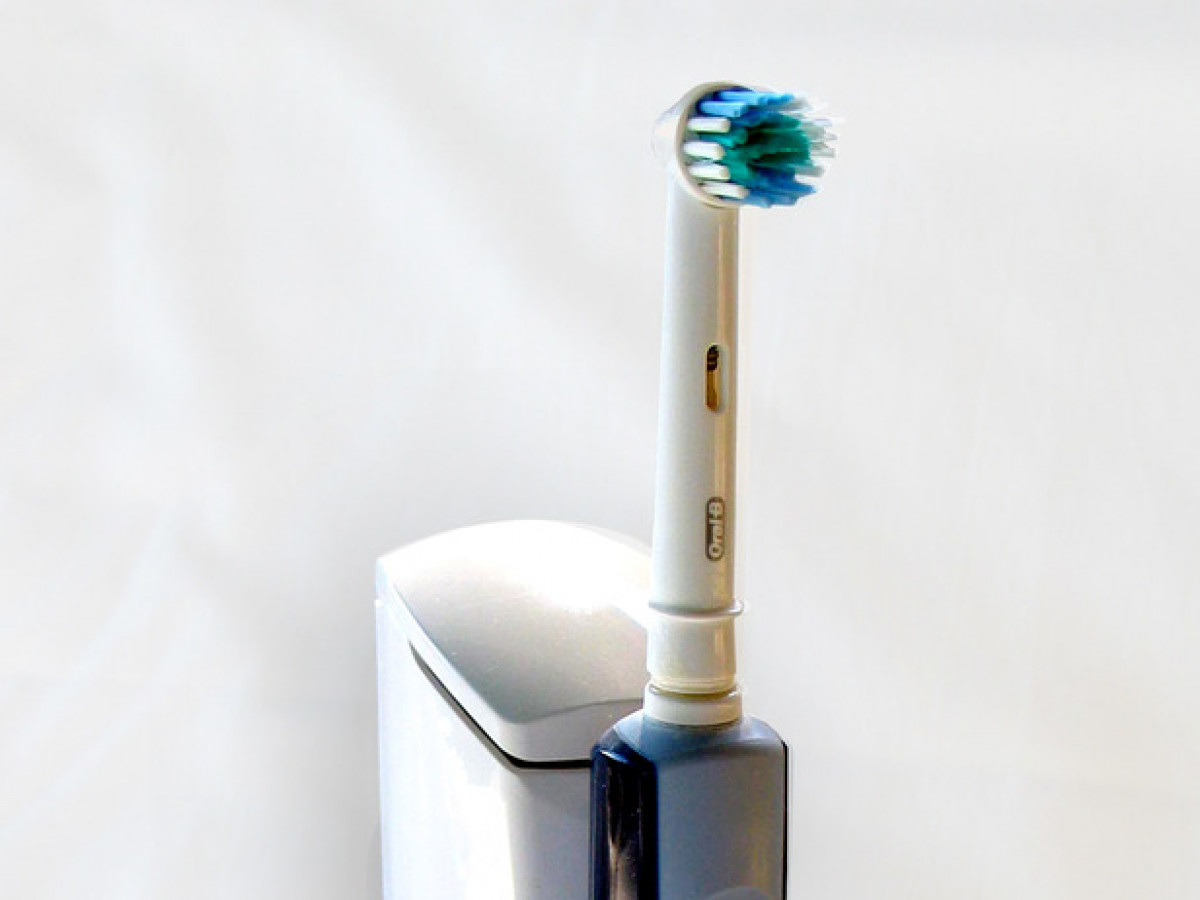
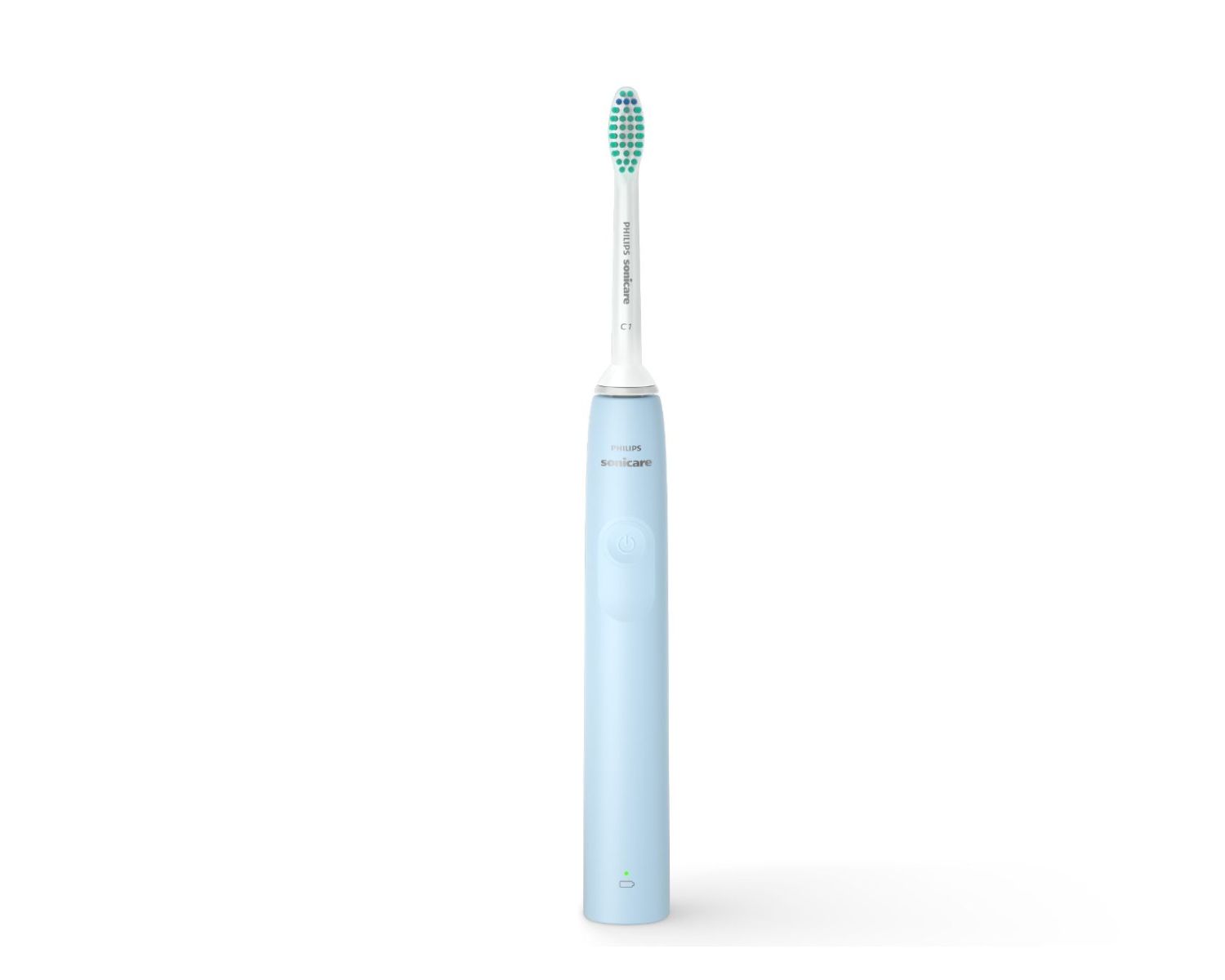
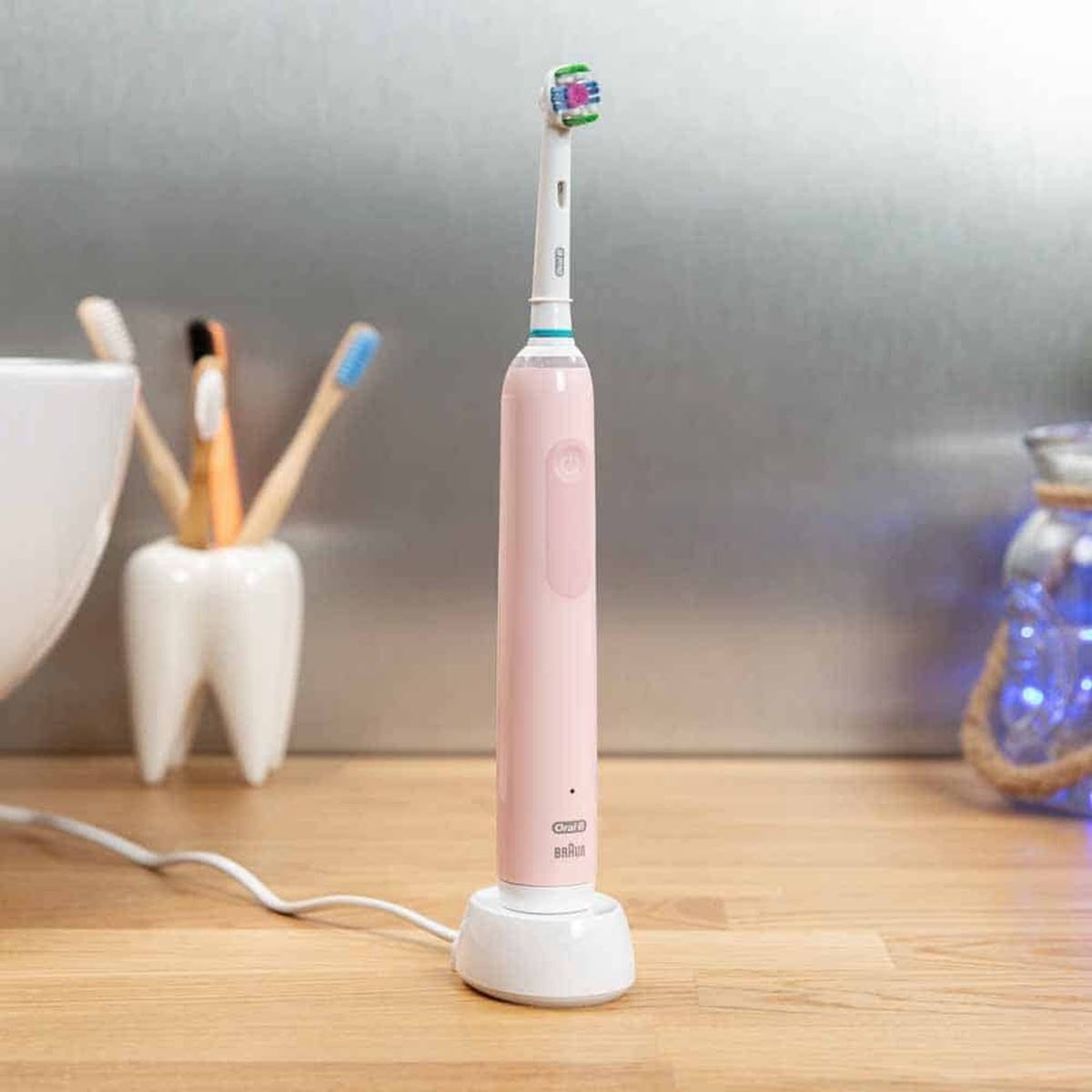
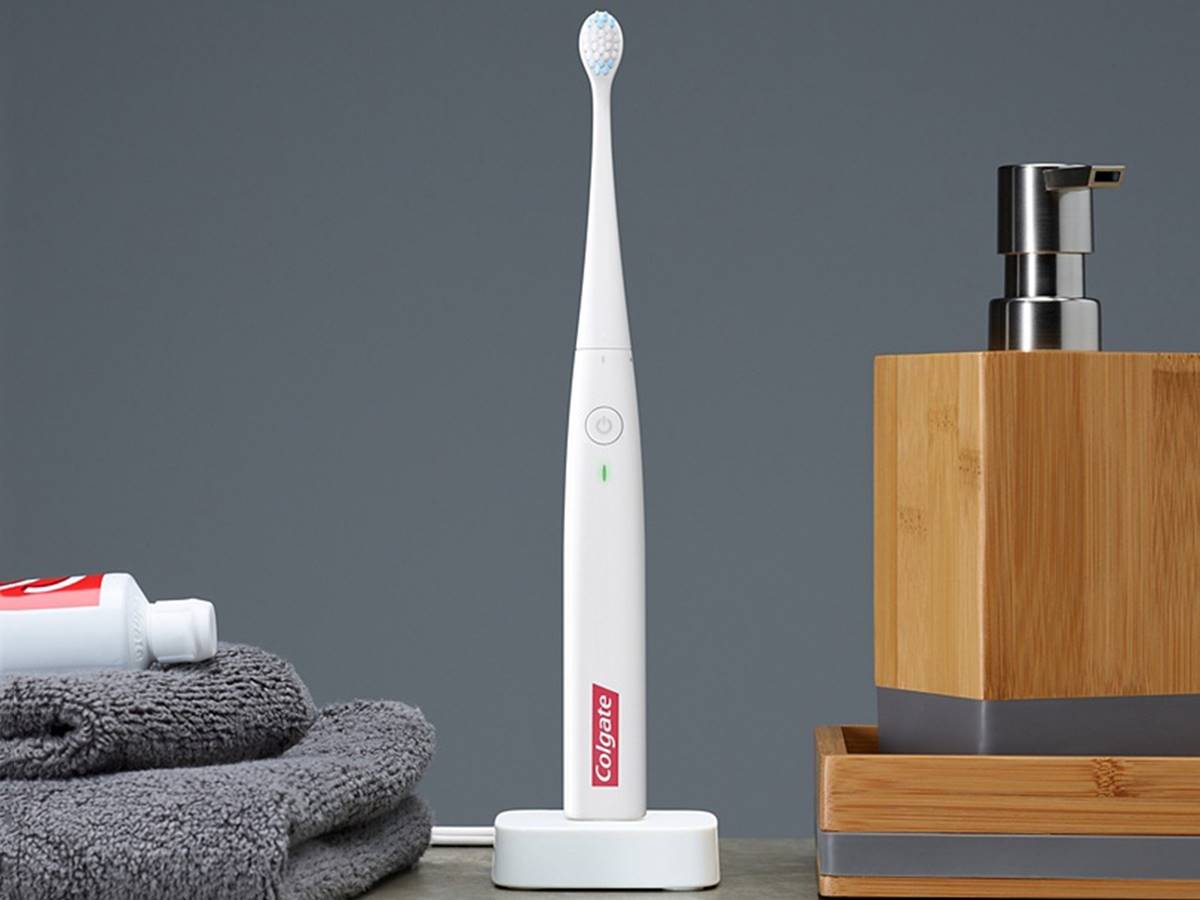
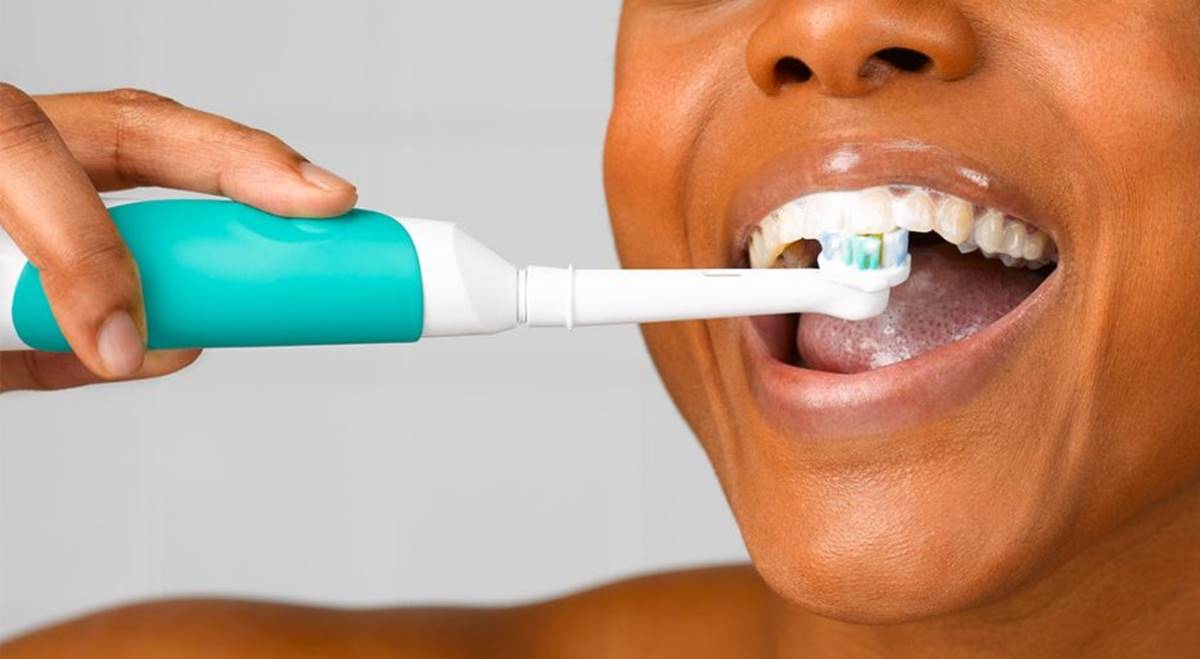
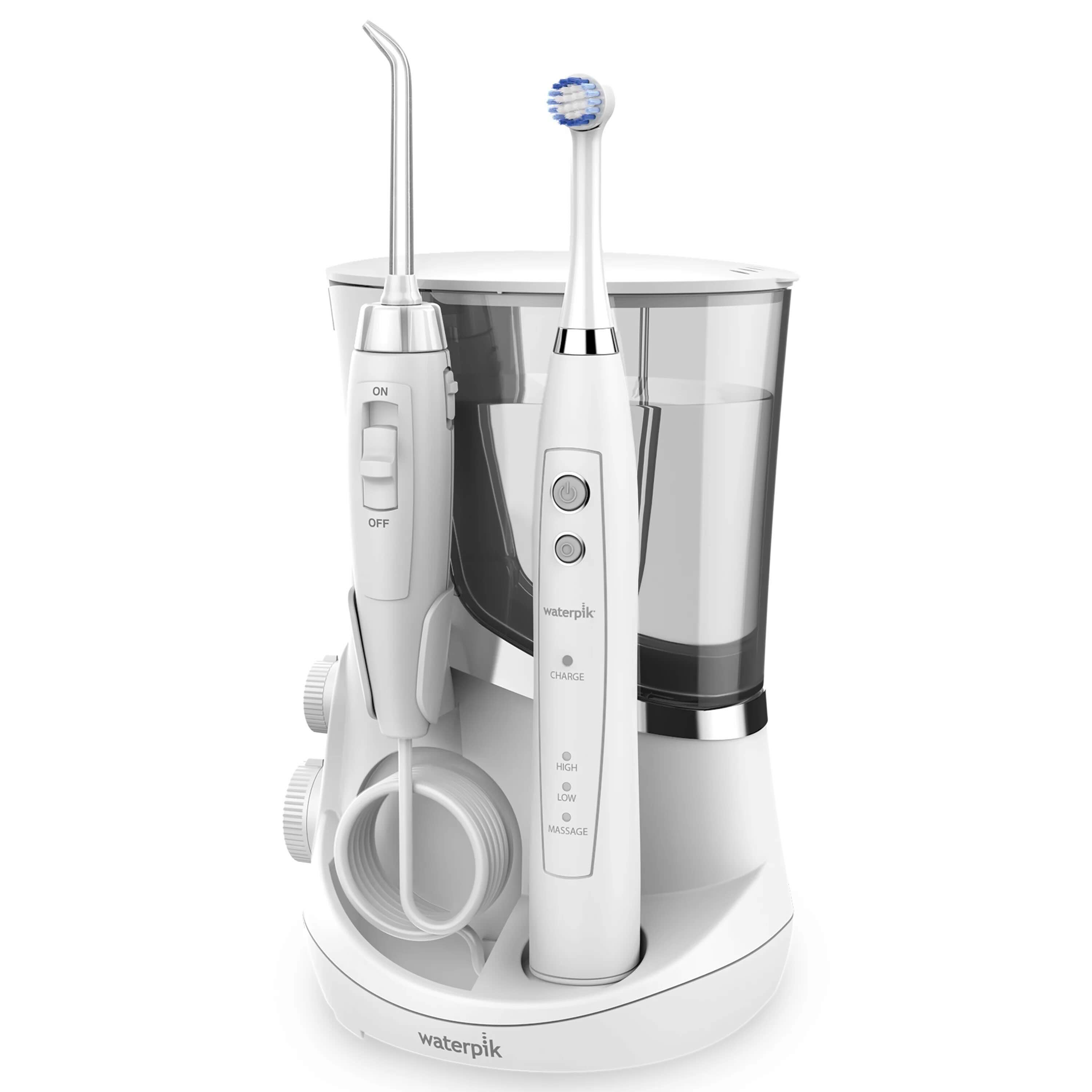
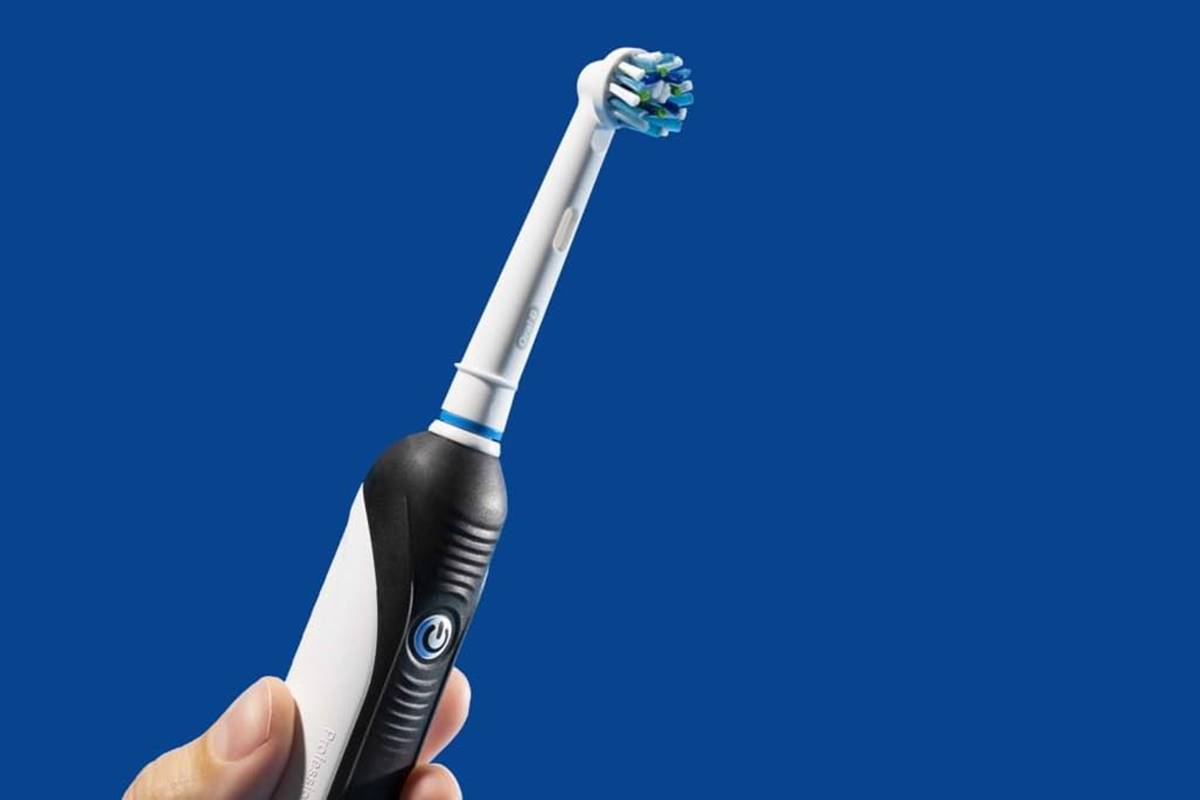
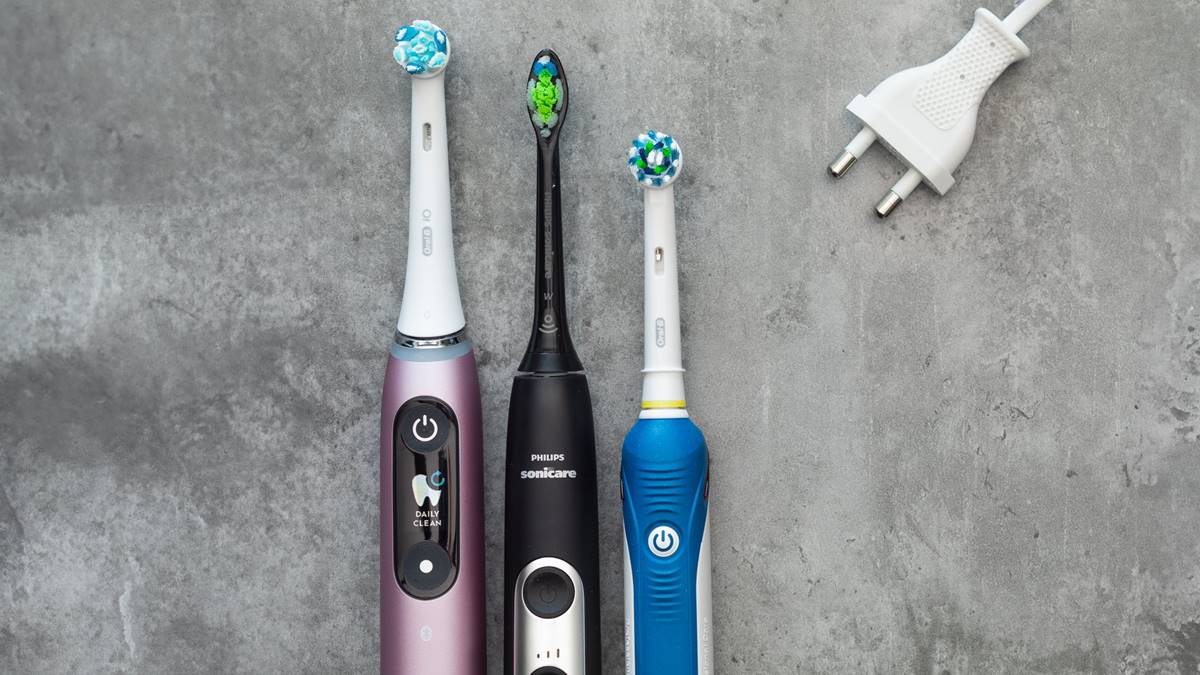
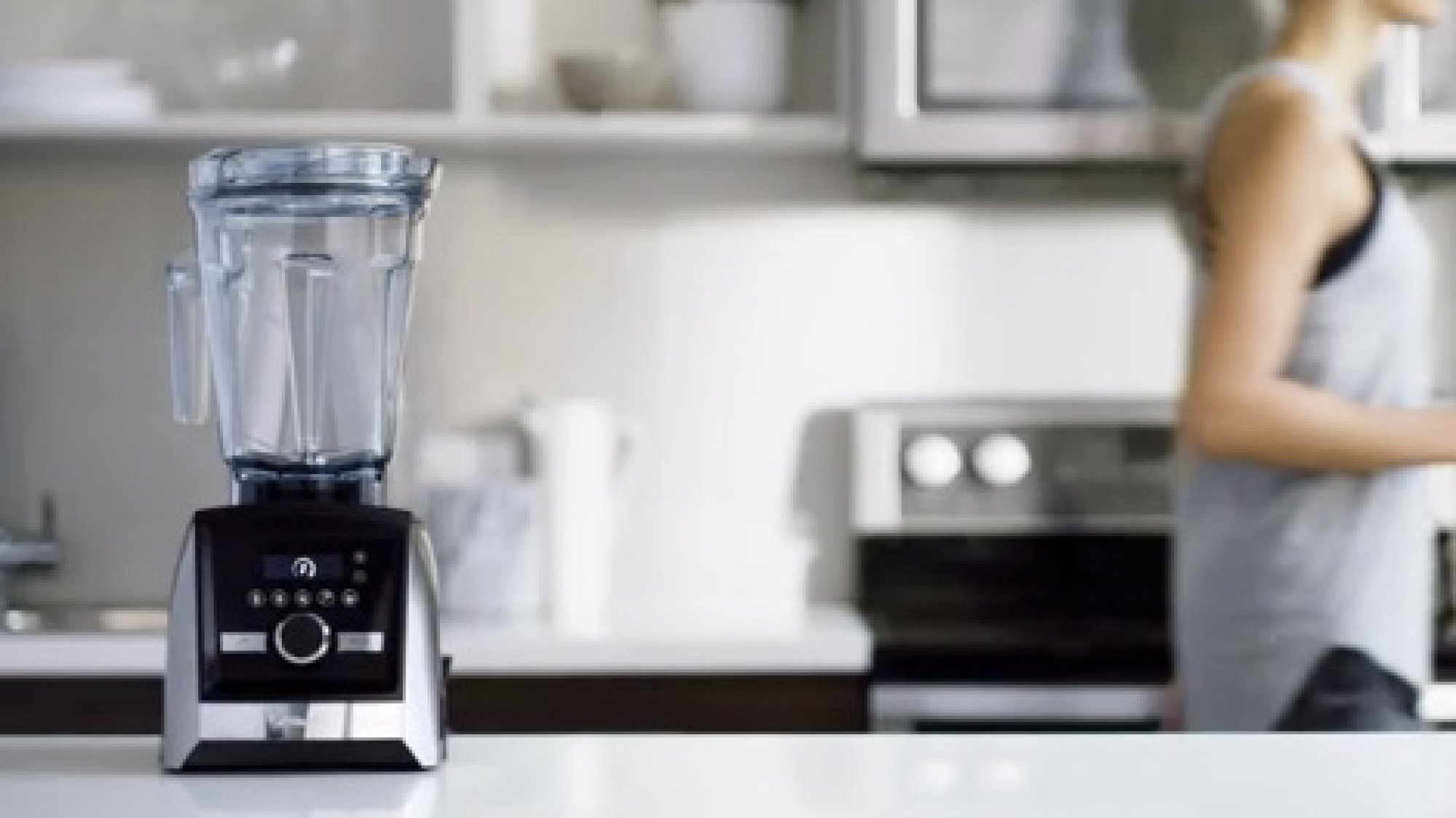
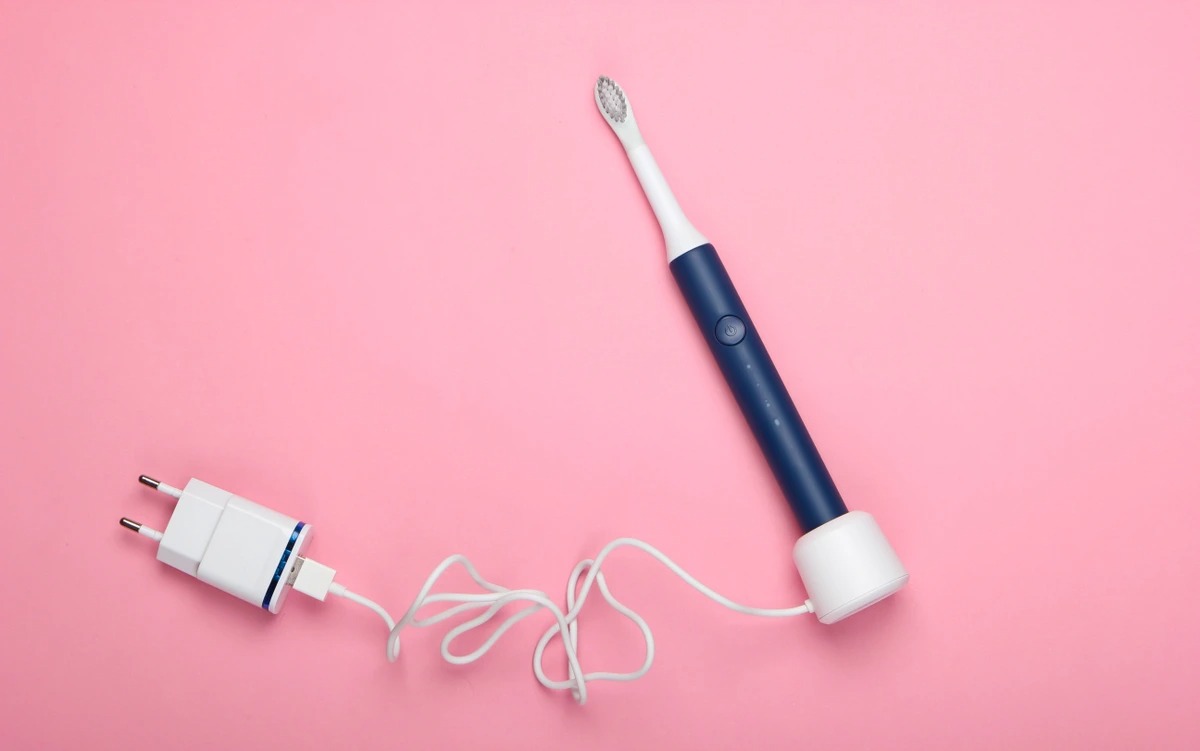


0 thoughts on “Why Has My Electric Toothbrush Stopped Charging”